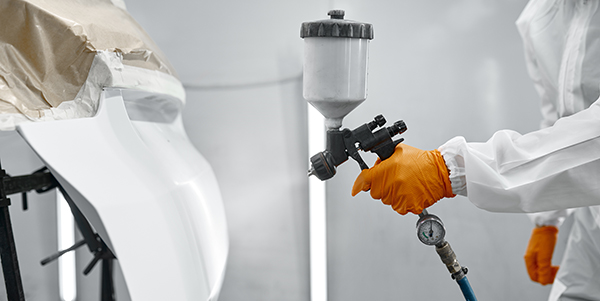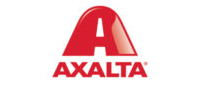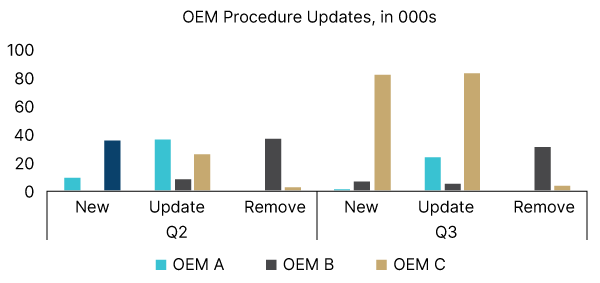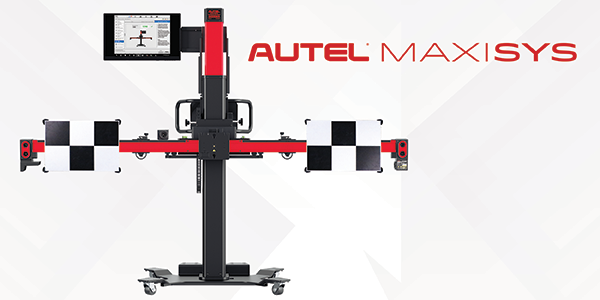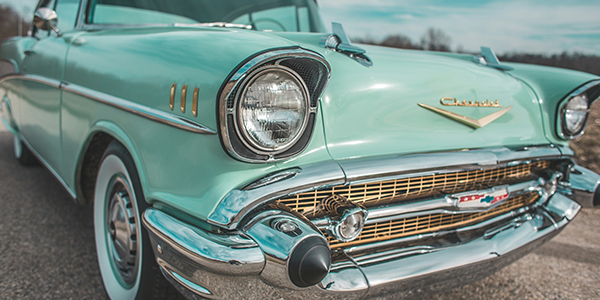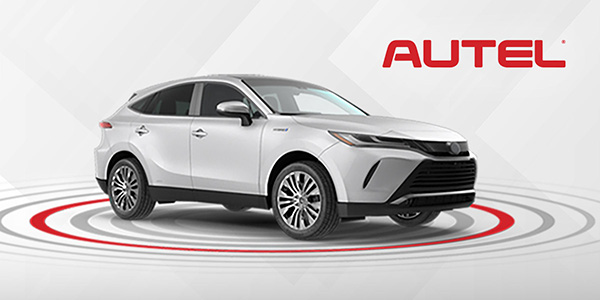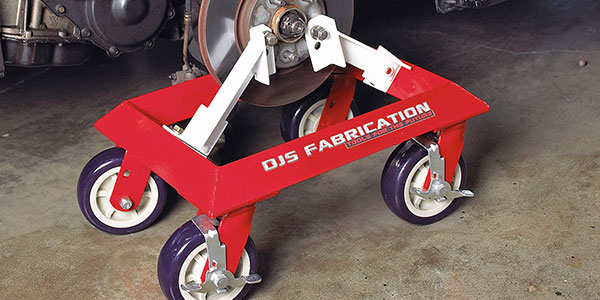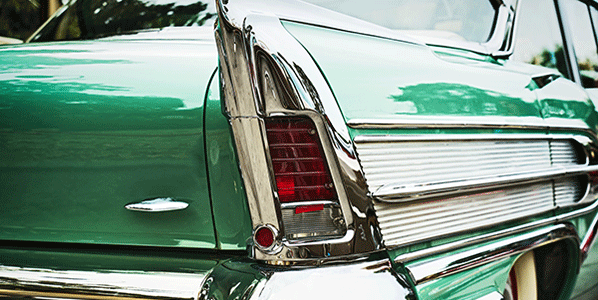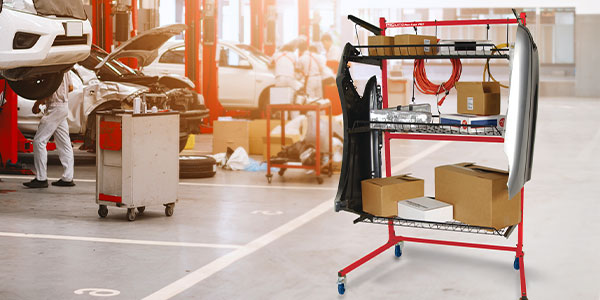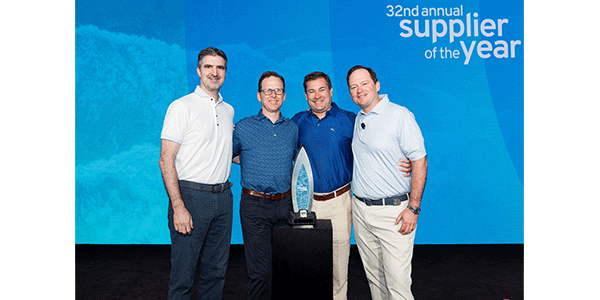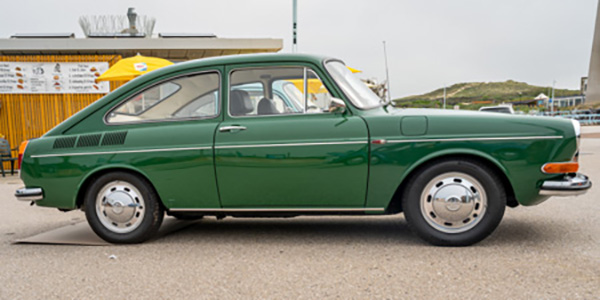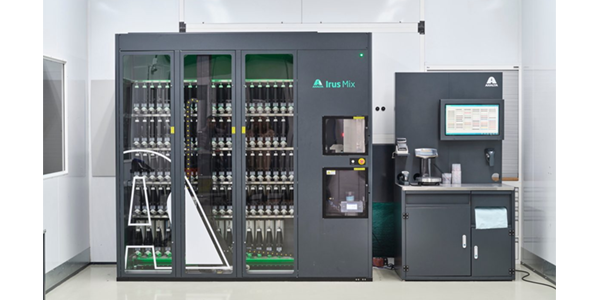Compressed air delivered to a spray gun through an air hose can be compared to a water hose delivering water. When painting a vehicle, there is a need to have enough to break up the paint (atomize) into small droplets – but not too small. It needs to be enough to create a fan pattern at the end of the spray gun. Most technicians now know the difference between HVLP and Transfer Efficient technology. HVLP uses a high volume of air at a low pressure, while transfer efficient technology uses a higher pressure but less volume of air.
One thing that has been overlooked since the technology changed is the pressure needed to break up the paint as well as the velocity (speed) of the air going through the spray gun and to the air cap. Regulating the speed of the air delivery is critical, especially when using the higher solids basecoats of today like Cromax XP, Cromax Pro, Spies Hecker Hi-TEC and Standox Standoblue.
The way the speed of the air is controlled is by the regulator on the spray gun in combination with the air pressure coming into the gun. If there is no regulator at the wall of the spray booth, the full air pressure is delivered to the spray gun. The spray gun air pressure in turn, needs to be choked down to a small hole to reduce the air pressure from full air pressure to the TDS suggested air pressure – say 120 PSI to 26 PSI.
Using the water hose analogy, it would be like putting your finger over the end of the hose to have less water, but as everyone knows, it creates a much faster stream of water. Similarly, the air has the same pressure but because it is choked down to a small hole, it is coming out at a faster velocity.
Doing this can affect color position, texture, gloss, overspray and underspray. Underspray is when paint is pushed in very small droplets out over a panel prior to coating that panel. When painting over that panel, the droplets have dried, and it appears that there is debris in the paint due to the dry droplets already on that panel. Due to the speed of the air going across the fan of the paint, it may overdrive or over-shoot the paint somewhat and not provide the correct atomization to give a proper color position. The color mostly will be dark and muddy.
The fix? Regulate the air delivery at the wall of the booth prior to the spray gun. For example, take 120 PSI down to 30 PSI at the wall. This would be like turning down the water at the spigot and putting your finger or a small tip on the end of the water hose. This enables the regulator on the spray gun to be mostly wide open and allows some small adjustments if the air pressure drops during the application. The air will properly atomize the paint, give the right color position, and reduce the possibility of overspray, underspray and eliminate gloss or texture issues.
Sponsored by Axalta.

